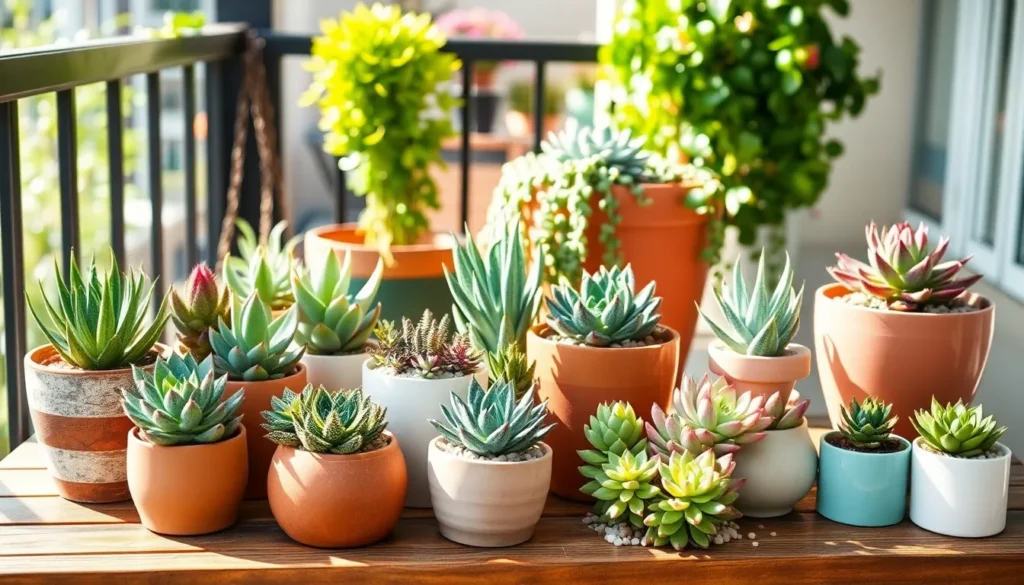In the hustle and bustle of daily life, finding time to nurture a garden might seem like a distant dream to many. But whether you’re just starting out or have a seasoned green thumb, “Simple Gardening Ideas for Busy People” is here to transform that dream into a vibrant reality. This guide is your gateway to discovering how easy and rewarding gardening can be, even with a packed schedule.
This collection of ideas is more than just a list—it’s a treasure trove of practical techniques that will save you time and effort while yielding stunning results. From clever design tips to low-maintenance plant selections, you’ll find everything you need to create a flourishing oasis without sacrificing your precious free time. By embracing these simple yet effective strategies, you’ll experience the joy of gardening without the overwhelm, and gain the confidence to cultivate a space that both delights the senses and rejuvenates the spirit.
Prioritize Low-Maintenance Plant Varieties
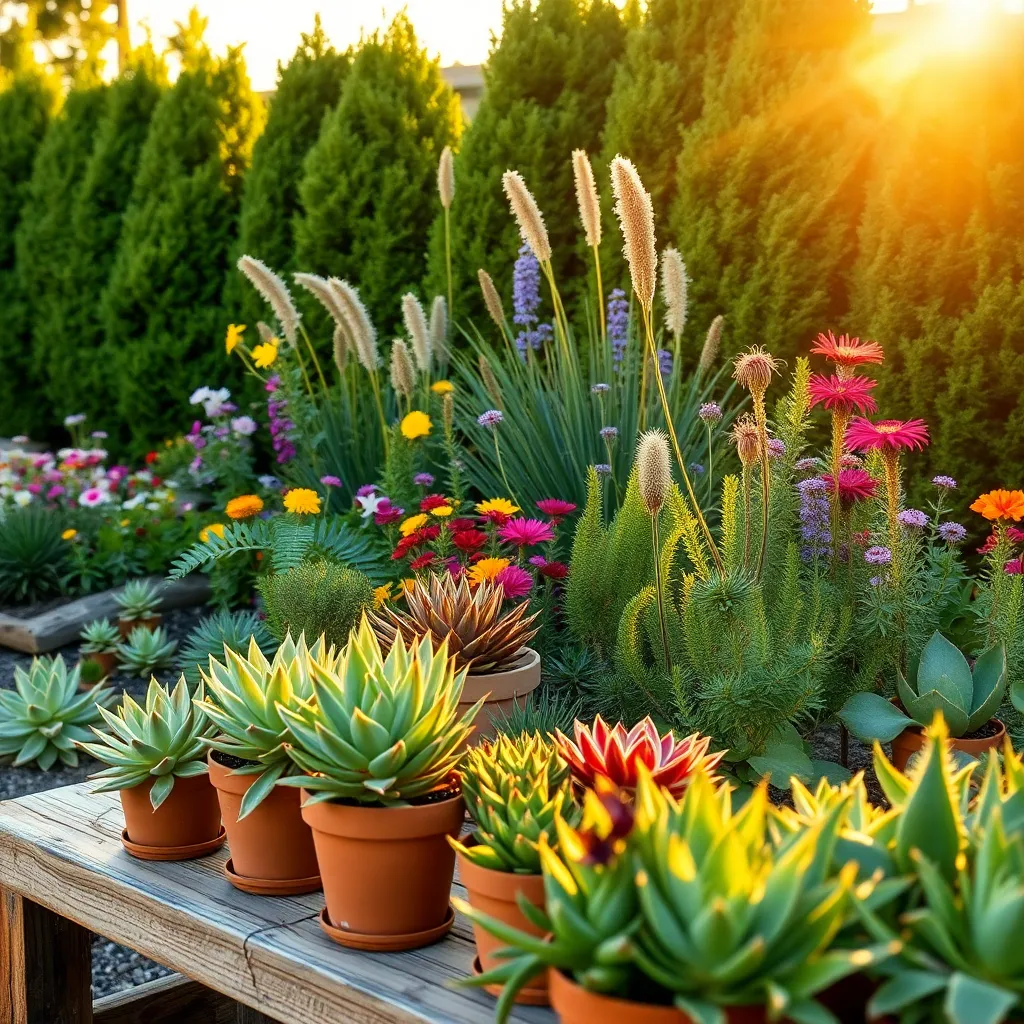
For busy gardeners, selecting low-maintenance plant varieties is a wise choice that ensures a flourishing garden with minimal effort. Consider perennials like lavender and sedum, which thrive in various climates and require little attention once established.
These plants generally prefer well-draining soil and need watering only when the top inch of the soil feels dry. To maximize their growth, place them in areas with full sun exposure and space them adequately to prevent overcrowding.
Incorporating native plants into your garden design can also reduce maintenance needs, as these species are already adapted to local conditions. This means they often require less watering, fertilization, and pest control than their non-native counterparts.
For an advanced tip, consider using mulch to retain soil moisture and suppress weeds, further reducing your upkeep chores. Organic mulches like bark or straw not only improve soil fertility but also enhance the overall aesthetics of your garden.
Utilize Self-Watering Planters Efficiently
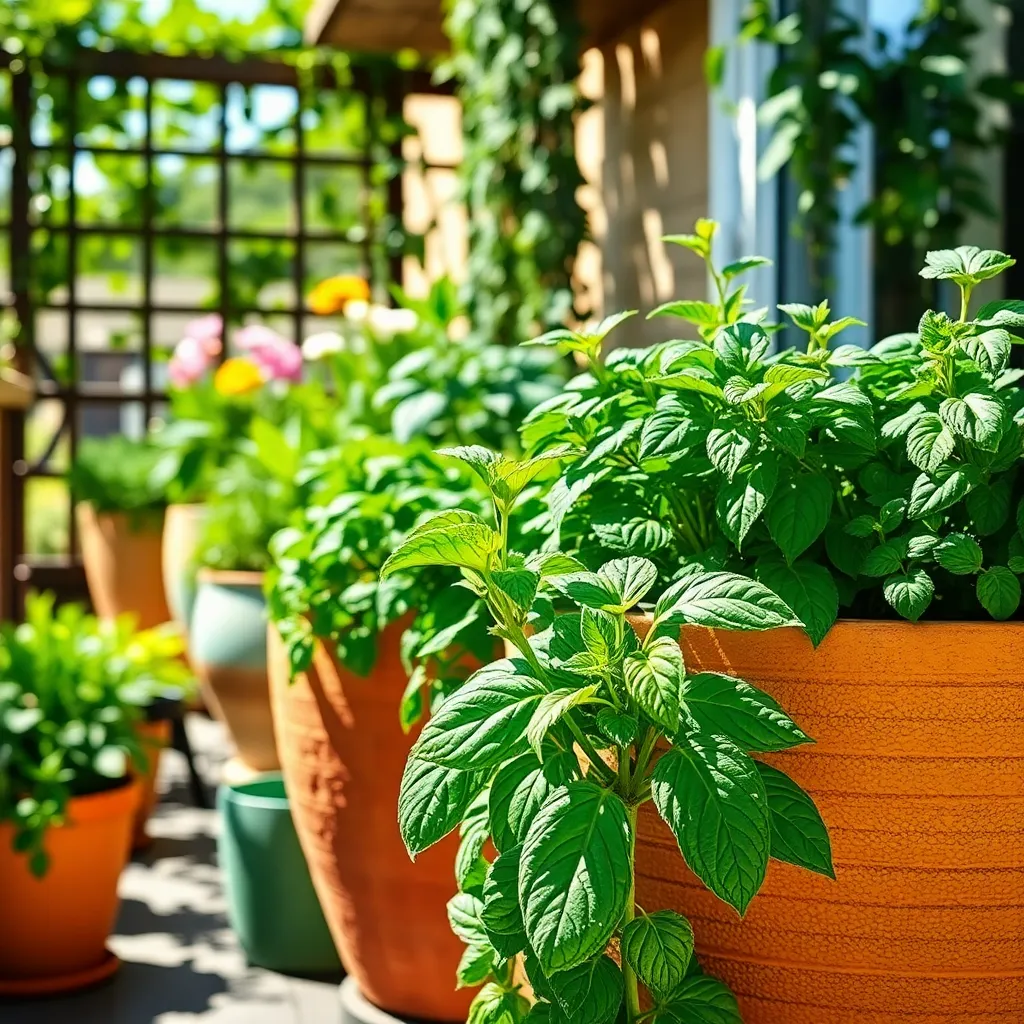
Self-watering planters are an excellent choice for busy gardeners looking to keep their plants healthy with minimal effort. These planters feature a reservoir at the bottom that allows plants to absorb water as needed, reducing the frequency of watering.
To maximize the effectiveness of self-watering planters, make sure to use a high-quality potting mix that includes components like coco coir or peat moss for better moisture retention. Avoid garden soil in these planters, as it can become compacted and hinder the wicking process essential for watering.
Regularly check the water level indicator, if available, to ensure the reservoir is adequately filled, especially during hot weather when evaporation rates are higher. It’s advisable to refill the reservoir when it reaches one-quarter full to maintain consistent moisture levels for your plants.
For those new to gardening, start with plants that thrive in moist conditions like ferns, peace lilies, or herbs such as basil and mint. Experienced gardeners might experiment with more demanding plants by adjusting the soil composition or adding a wick to enhance water delivery.
Incorporate Mulch to Retain Moisture
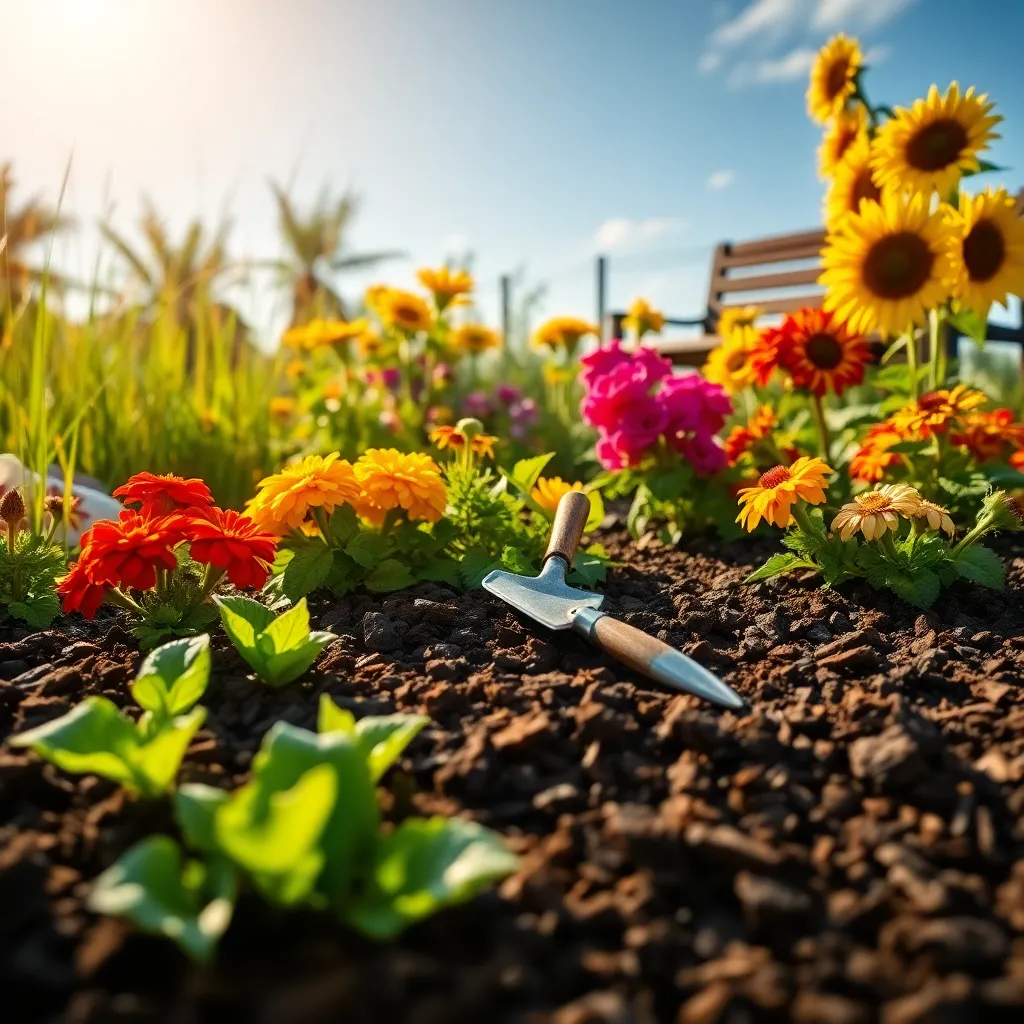
Incorporating mulch into your garden is a simple yet effective way to retain soil moisture, making it perfect for busy gardeners. Mulch acts as a protective barrier over the soil, reducing water evaporation and keeping your plants hydrated longer.
When choosing a mulch, consider organic options like shredded bark, straw, or compost, which also enrich the soil as they break down. Apply a layer of mulch about 2 to 3 inches thick around your plants, ensuring you leave a small gap around the base of each plant to prevent rot.
Avoid the common mistake of piling mulch too high, as this can suffocate plant roots and inhibit growth. Regularly check your mulch layer and replenish as needed, especially after heavy rains or strong winds that may disturb it.
For those with more experience, experimenting with different types of mulch can help you discover what works best for your specific plants and climate. Consider using pine needles or wood chips for acid-loving plants like azaleas or blueberries to enhance their growing conditions.
Schedule Weekly Quick Garden Check-Ins
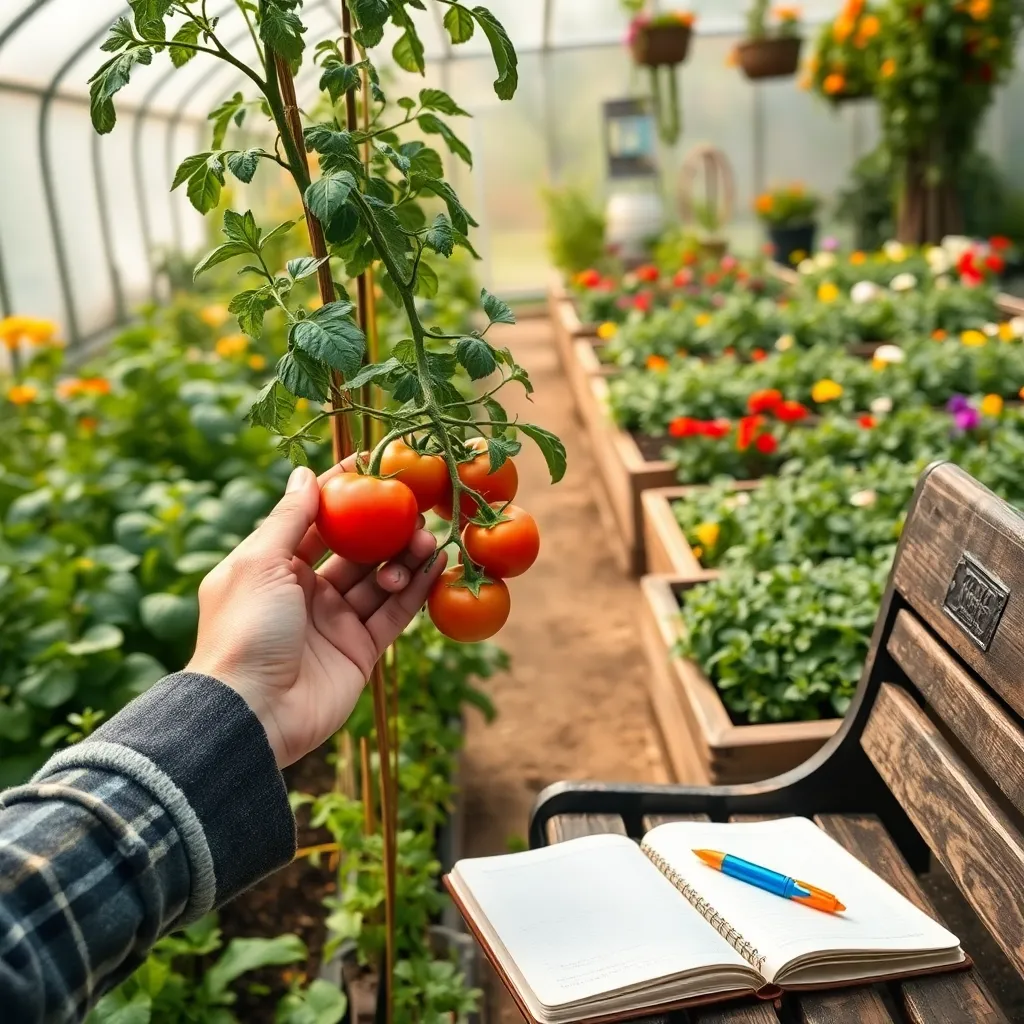
Finding time for your garden can be challenging, but scheduling weekly quick check-ins can make a significant difference. Dedicate just 15 to 30 minutes each week to walk through your garden and assess the overall health of your plants.
During these check-ins, look for signs of pests or disease, which can often be identified by wilting leaves or unusual spots. Early detection is crucial, allowing you to take swift action such as applying organic pesticides or removing affected foliage.
Ensure your plants are getting the right amount of water, especially if you’re relying on natural rainfall. Insert your finger into the soil about an inch deep; if it feels dry, it’s time to water.
Regularly checking the soil also helps you determine if it needs any amendments, like adding compost or adjusting pH levels. For advanced gardeners, consider testing your soil periodically to tailor your fertilization schedule more accurately.
Opt for Compact Container Gardens
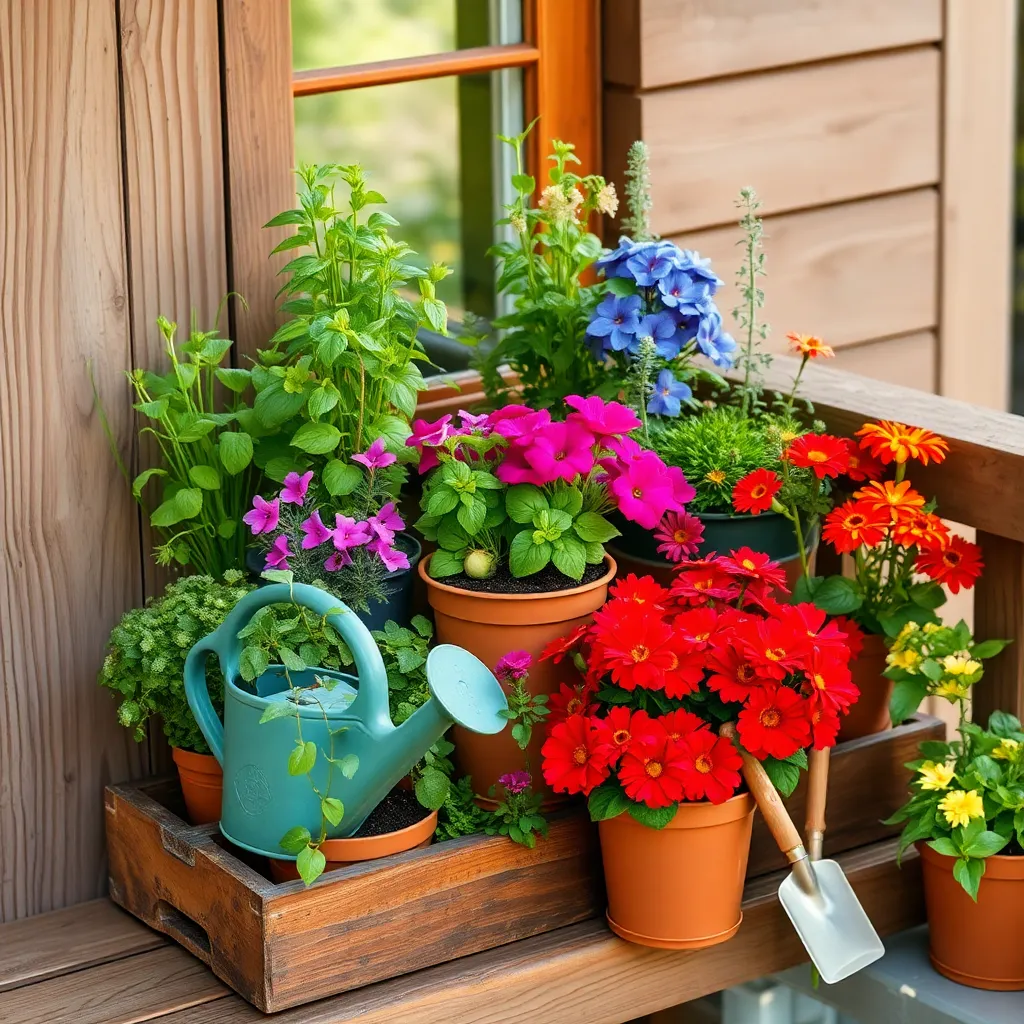
Compact container gardens are a perfect solution for those with limited space and time. By choosing the right containers and plants, you can create a lush garden that thrives on balconies, patios, or even windowsills.
Start by selecting containers that have good drainage holes to prevent root rot. Opt for lightweight materials like plastic or fiberglass for easy movement and rearrangement as needed.
When choosing plants, consider varieties that thrive in small spaces, such as herbs, lettuce, or dwarf tomatoes. These plants are not only space-efficient but also provide fresh ingredients for your meals, enhancing the gardening experience.
Use a high-quality potting mix designed for containers, which retains moisture while allowing excess water to drain easily. Water your plants regularly, ensuring the soil remains consistently moist but not soggy, which is crucial for healthy growth.
For those with a bit more experience, experiment with vertical gardening techniques by stacking pots or using wall planters. This approach maximizes space and can create a striking visual impact in your compact garden area.
Conclusion: Growing Success with These Plants
In this fast-paced world, nurturing both your garden and relationships can feel overwhelming, yet simple gardening ideas for busy people can cultivate deeper connections. First, setting aside even a few minutes daily to tend to your garden mirrors investing time in your relationships, fostering growth and resilience. Second, choosing low-maintenance plants reflects the power of small, consistent efforts over grand gestures. Third, sharing gardening tasks builds teamwork, enhancing mutual support and understanding. Fourth, creating a garden space becomes a sanctuary for shared moments, enhancing intimacy. Lastly, the patience learned in gardening teaches us to appreciate the gradual blossoming of relationships.
As an immediate step, consider planning a small gardening activity with your loved one this weekend. Whether it’s planting a pot or watering together, this mindful connection can start a fruitful habit. I urge you to bookmark this article as a go-to guide for relationship nourishment, ensuring you have these valuable tips at your fingertips.
Remember, just as gardens thrive with care and patience, so do relationships. By embracing these ideas, you’re not just sowing seeds for a beautiful garden, but also for a flourishing relationship. Save these insights and watch your connections bloom with time.

